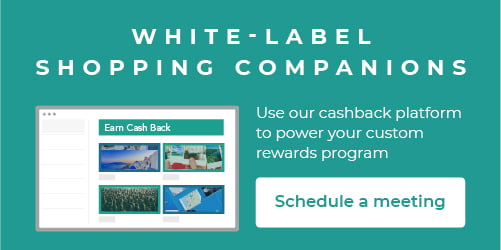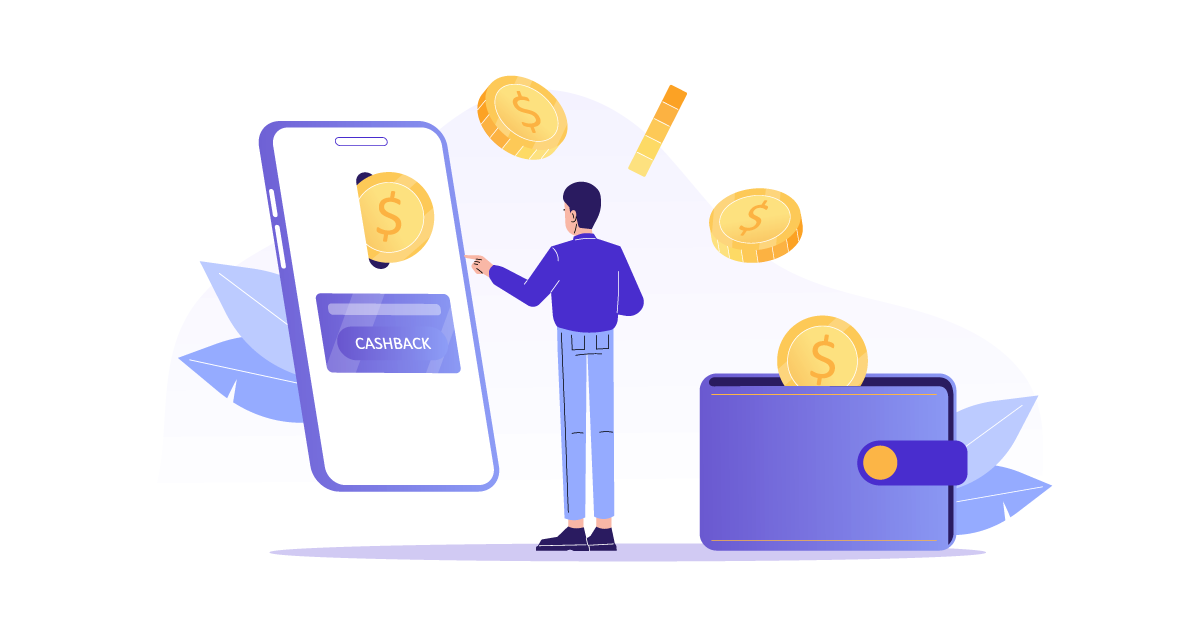As a partner to financial institutions and card issuers, we often come across card-linked offer (“CLO”) solutions.
In most cases, a prospective partner utilizes a CLO program because they have (or plan to soon issue) their own transaction card product and the mechanics of CLO help them incentivize card “swipes.”
This type of solution helps the issuer derive revenue from interchange fees earned from each swipe of their card, and also rewards the customer for swiping that same card (and a merchant gets a sale too). Everybody wins!
So why would an issuer look to Wildfire’s cashback browser extensions if they already have a CLO program in place?
Common scenarios that lead them to reach out include:
- To supplement an existing rewards program by adding more ways for users to earn rewards
- To learn about other customer rewards options when an existing CLO solution is not meeting expectations
- Transform the customer experience, from being used as a “bank,” to more of a helpful shopping companion - subtly available to help the customer earn value from their next purchase any time they shop online
On the surface, most rewards platforms help achieve the same result: to reward the customer for their business and to encourage recurring business.
But behind the scenes, the components and mechanics involved are distinctly different.
Cashback Rewards with Browser Extensions / Shopping Companions, vs. Card-Linked Offers
To better illustrate the differences and how each can best be utilized to drive brand loyalty while rewarding customers, here’s a comparison of how e-commerce rewards delivered through cashback browser extensions from Wildfire function, vs. cashback rewards enabled by a CLO toolset.
|
Wildfire Extensions |
Card-Linked Offers (CLO) |
|
|
Purpose of the technology: |
Browser extensions exist to enhance the capabilities of an internet browser, enabling the user to create a personalized online experience |
CLO is designed to track a user’s reaction to merchant promotions / incentives, and online shopping activity, in order to connect the dots to a purchase made offline (e.g. in-store) |
|
Common applications: |
Ad blockers, shopping companions, internet utilities |
Real-time transactions, marketing, market research |
|
Goals addressed: |
Our white-label cashback browser extensions offer value to a customer in the moment of organic shopping. In essence, these browser extensions greet the customer at the door with deals just for them, enabled by the company "sponsoring" the white-label cashback extension. |
Card-linked offers incentivize purchase card consideration to drive interchange revenue. In other words, can give the customer a reason to use a given card at checkout. |
|
How a user earns a reward: |
Once installed, cashback reward opportunities appear in the browser extension when the shopper visits an eligible online merchant. The shopper clicks to activate the offer, and if they subsequently make a purchase, they will receive the cashback offer once the transaction settles. |
After the card is enrolled to be tracked, the user visits their bank’s app to access the rewards directory/shopping portal to identify a relevant offer for an upcoming purchase. The customer activates a reward by clicking on it. Then, they must visit the merchant to make a purchase using the enrolled card before the offer expires. |
|
Additional benefits |
The Wildfire cashback browser extension also delivers branding and helpful notifications to the user at key moments during their shopping journey: such as when they start searching for items in Google (they’ll see available cashback for eligible retailers in the organic search results), or at checkout (they’ll receive the option to auto-apply coupons, or see preferred payment options, etc…) |
CLO is good at targeting customers with relevant reward offers (e.g. a certain type of restaurant in their area, or a store similar to one they regularly shop at) based on their purchasing habits. |
|
User requirements & qualifications: |
Internet connection & browser supporting the extension. |
Transportation to the physical store. Card must be present (with available funds). Offer must have been clicked/activated first. Same card must be used for purchase. |
As you can see, these truly are distinctly different solutions, each with their own set of pros and cons.
Is one enterprise rewards platform better than the other? The answer to that wholly depends on the goals of the issuer and their purpose for investing into the solution.
Can these customer rewards technologies co-exist?
Definitely!
Since customer rewards are not a zero-sum game, a multi-pronged approach to customer loyalty is sometimes the best answer.
In this scenario, issuers have their cake and eat it too by enabling reward opportunities to their customers around the clock, providing comprehensive coverage across multiple purchase scenarios.
Stay tuned for the second part of this mini-series, where we’ll discuss exactly how these two similar-but-different types of rewards programs complement each other.





